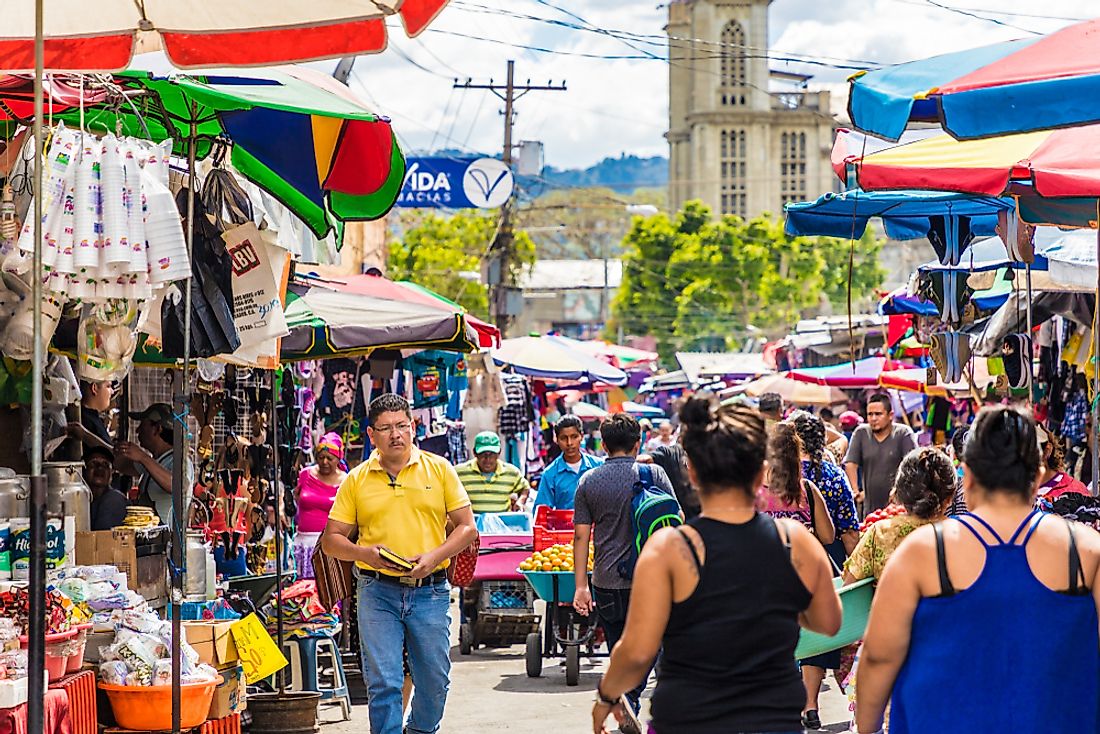The Ethnic Composition Of El Salvador

El Salvador is an independent country in Central America, and it borders Honduras and Guatemala. The country’s population was 6.34 million people according to the estimates of 2016. El Salvador hosts different ethnic communities, and Mestizos are by far the largest ethnic group accounting for 86.3% of the population while the second largest ethnic group are white Salvadorans who account for about 12.7% of the country’s population. The remaining 0.8% is the black ethnic group, and 0.64% represents other ethnic groups within the country.
The Mestizos
The Mestizo ethnic group in El Salvador are the largest in the country, accounting for 86.3% of the total population in El Salvador. This ethnic group is a mixture of European and indigenous ancestry. On the other hand, other Salvadorans of European ancestry particularly originating from the Mediterranean region, the Afro-Salvadoran, and other native individuals who cannot speak the native languages or do not have the native culture also classify themselves as mestizos.
The Indigenous Ethnic Group
According to the government of El Salvador, people who trace their ancestry partially or fully to the indigenous people account for less than 1% of the total population. The largest groups of the indigenous (Amerindians) people are the Maya, Lenca, and Pipil. Other Amerindians or the indigenous communities include the Cacaopera people, Mangue people, Mixe people, Alaguilac people, Xinca people, and Olmec people. The Pipil are found mostly in the western and central part of the country while the Lenca are found mainly in the Eastern part of the Lempa River. The Cacaopera people live in small populations in the Morazan department, and the Ch'orti' people live near the Guatemalan border in the Ahuachapán department.
White Salvadorans
White Salvadorans account for 12.7% of the total population, and most of them trace their ancestry to the Spanish People, and some of them are descendants of Italians, Irish, English, Swiss, German, and French. The white Salvadorans who live mainly in the department of Chalatenango are believed to be descendants of the Spanish who settled in the region during the 18th century. At the time the governor of San Salvador was Francisco Louise Hector de Carondelet, who had ordered people from northern parts of Spain, particularly in the region of Asturias and Galicia to settle in the region because they were experiencing a shortage of laborers in the region.
Arab Salvadorans
El Salvador is also home to an ethnic group who trace their ancestry mainly to the Arab land, particularly Lebanon and Palestine or Bethlehem. Currently, there are about 70,000 people who trace their ancestry to Palestine and 25,000 who trace their roots to Lebanon. The number of Palestinian Salvadorans in El Salvador is the second-highest population of the ethnic group in the whole of Central America after Honduras. Most of them trace their ancestry to Palestinians who emigrated from Jerusalem and Bethlehem to El Salvador in the 20th century to look for economic opportunities and to escape conscription into the army of the Ottoman Empire. The Palestinians who immigrated to El Salvador were mostly Christians and had hoped to return to their homeland, but the majority remained in El Salvador and started their families. All immigrants from the Middle East are often referred to as “Turks” because they had the Ottoman passports and they were barred from public organizations, civil society, and government jobs. Between the 1930s and 1940s, the laws in El Salvador barred the immigrants from the Middle East into the country.
Afro-Salvadorans
The Afro-Salvadorans refers to the ethnic group of people who trace their origins to Africa. Many were brought to El Salvador as slaves to work in specific regions, particularly in the mines. Approximately 10,000 people of African origin were brought into the country over 75 years period starting from 1548.











